This post may contain affiliate links which means we may receive a commission for purchases made through links. As an Amazon Associate we earn from qualifying purchases. Learn more on our Privacy Policy page.
In recent years, barefoot shoes have surged in popularity among those looking for a more natural approach to movement and footwear, but are barefoot shoes good for your feet? The answer is a big yes! These minimalist shoes are designed to mimic the sensation of walking barefoot, allowing your feet to move and function as nature intended. By promoting proper foot alignment and encouraging a natural gait, barefoot shoes can offer a wealth of benefits for overall foot health and beyond.
Conventional footwear often prioritises style or cushioning over function, which can harm your feet in the long run. With tight toe boxes, elevated heels, and rigid soles restrict natural movement, weakening foot muscles and leading to issues like bunions, plantar fasciitis, and poor posture. In contrast, barefoot shoes are crafted for daily use, sports, and leisure, offering a wide toe box that allows your toes to spread out naturally. This design mimics the feeling of walking barefoot, giving your feet the freedom to move, flex, and splay as they connect with the ground beneath you.
Barefoot shoes can also be a real game-changer for individuals with flat feet. They provide stability by allowing the foot’s natural structures to engage and support movement, making flat arches feel more comfortable during walking or running. With 26 bones and 31 moving joints, the human foot is designed to adapt to various terrains, whether flat, inclined, or uneven. Barefoot shoes honour this complexity, improving foot function, balance, and strength while reconnecting you with the simple, grounding experience of walking naturally. As you can see, at Barefoot Backpackers we a very passionate about grounding, earthing and going barefoot. So let’s get into our guide.
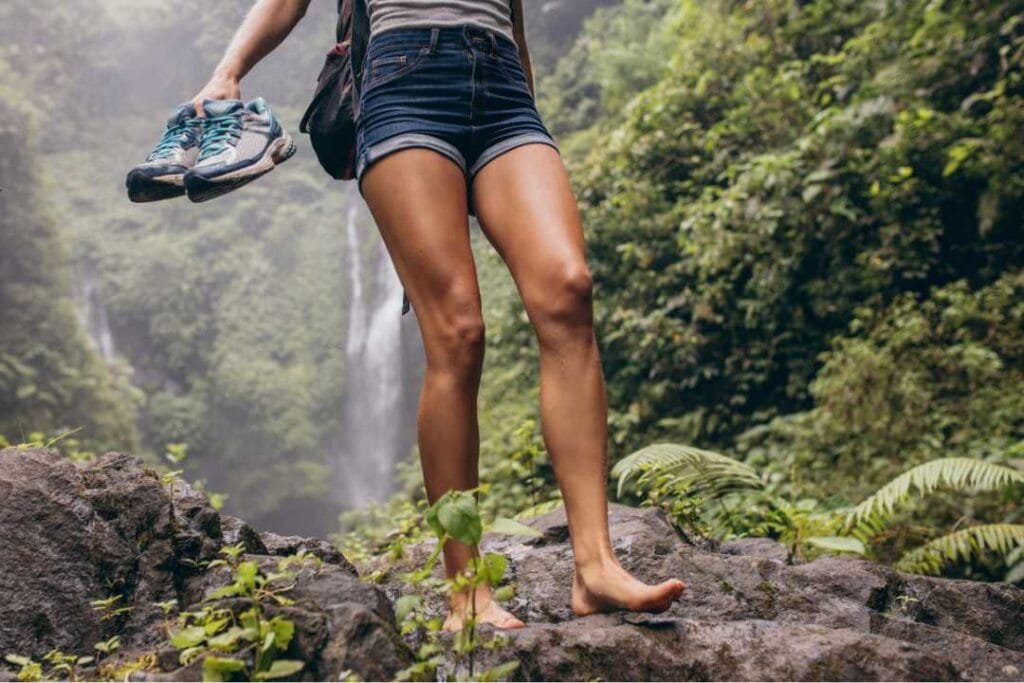
What Does it Mean to be Barefoot?
Being barefoot means connecting directly with the ground, allowing your feet to move naturally without the constraints of traditional footwear. This connection—known as grounding or earthing —has been shown to reduce inflammation, improve circulation, and even balance the body’s energy levels. Grounding barefoot shoes aim to replicate this experience while offering protection from rough terrain.
How do Barefoot Shoes Work
Your footwear significantly impacts your posture, gait, and overall foot health. Traditional shoes often have thick soles, arch support, and a narrow toe box, which can restrict the natural movement of your feet. Over time, this may lead to weakened foot muscles, poor alignment, and even chronic pain. Switching to barefoot shoes can help restore your feet’s natural strength and flexibility, improving your overall posture and reducing the risk of injury.
Research highlights the negative impact of elevated heels, often found in traditional footwear, on posture and gait. Elevated heels can shift your body’s centre of gravity, leading to increased stress on the lower back and knees . Therefore on the other hand, barefoot shoes allow for a more natural alignment, reducing strain and promoting healthier movement patterns.
Barefoot shoes are designed with minimal cushioning, zero-drop soles (meaning no height difference between the heel and toe), and wide toe boxes. These features encourage a more natural walking pattern, therefore allowing your feet to engage fully with each step. Brands like Vivobarefoot and Vibram barefoot shoes prioritise sustainable materials and innovative designs to aid the barefoot experience.
Studies suggest that transitioning to minimalist footwear can improve foot strength and reduce injury risk over time . Barefoot shoes aim to reintroduce the natural biomechanics of walking and running, which traditional footwear often disrupts.
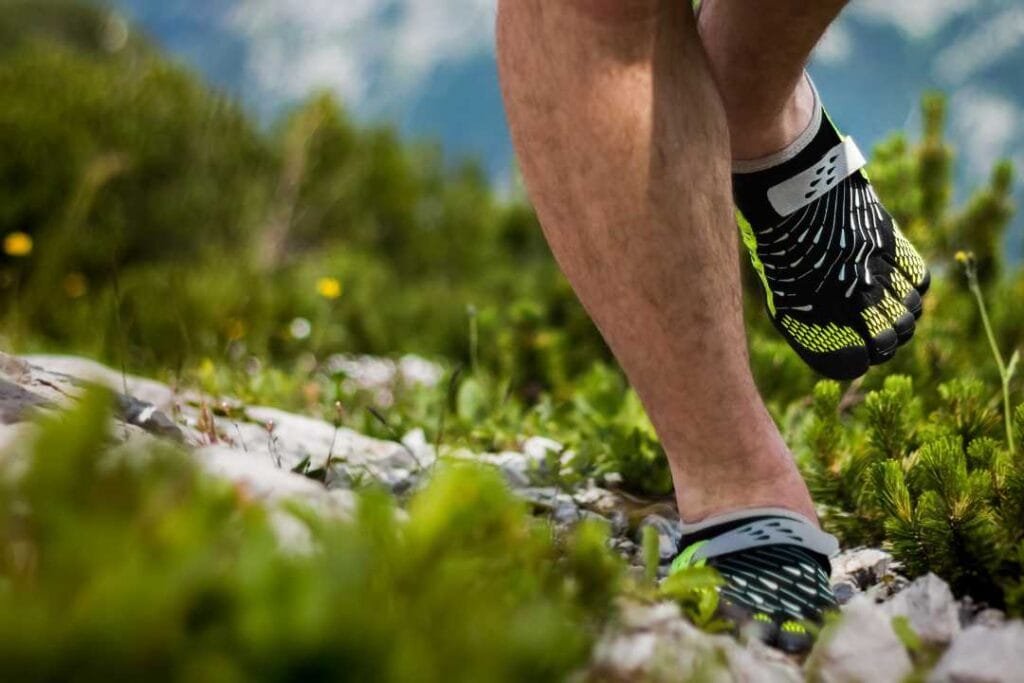
Proper Walking Posture and Foot Health
Wearing barefoot shoes can promote proper walking posture by encouraging you to land on the midfoot or forefoot rather than the heel. This natural gait reduces impact on your joints and strengthens the muscles in your feet and lower legs. Over time, this can alleviate issues such as plantar fasciitis, bunions, and even back pain. For those wondering, do barefoot shoes help back pain? The answer is often yes, thanks to improved alignment and muscle engagement.
Foot Strike Patterns
Foot strike patterns refer to the part of the foot that first contacts the ground during walking or running. Common patterns include heel strike, midfoot strike, and forefoot strike. Traditional running shoes often encourage a heel-strike pattern, which increases the impact on joints. In contrast, barefoot shoes promote a midfoot or forefoot strike, which helps distribute impact more evenly and reduces the risk of injury. Studies have shown that a forefoot strike can improve running efficiency and reduce stress on the knees and hips .
Are Barefoot Shoes Good for You?
The question of are barefoot shoes good for you often arises. For many, the transition to minimalist footwear brings numerous benefits, including improved balance, stronger arches, and better sensory feedback. However, it’s essential to transition gradually to allow your feet to adapt to the reduced support.
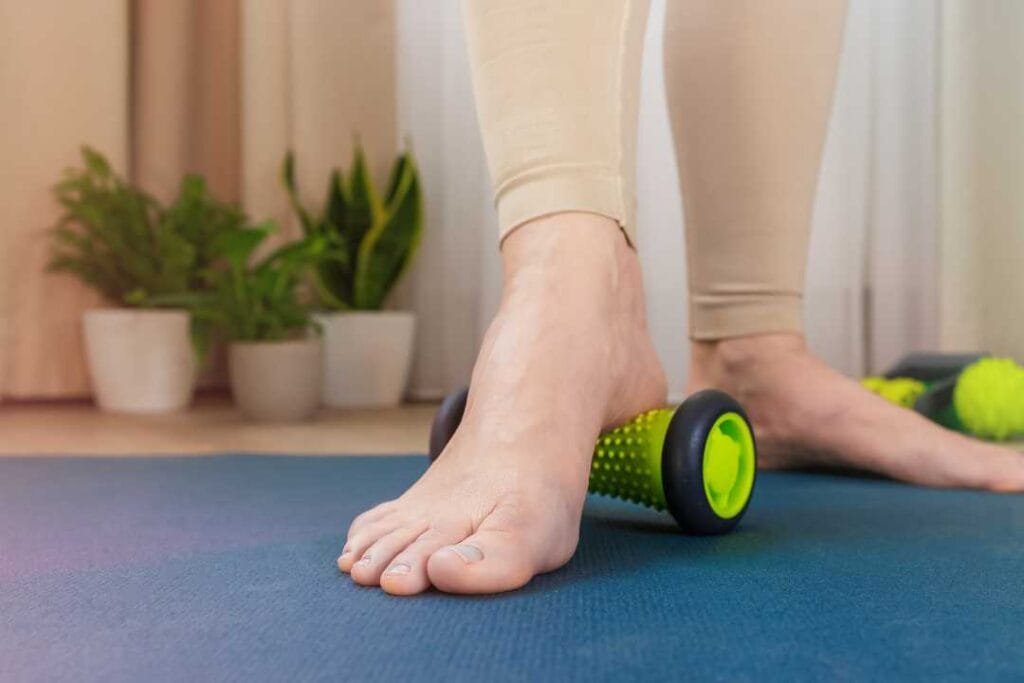
Barefoot Shoes for Different Activities
From running to hiking, barefoot shoes are versatile and cater to various activities:
- Barefoot shoes running: Ideal for promoting a natural stride and reducing the risk of running-related injuries.
- Barefoot shoes hiking: Lightweight and flexible, these shoes provide excellent ground feel and adaptability on uneven trails.
- Barefoot shoes for winter: Insulated options keep your feet warm while maintaining the minimalist design.
- Barefoot shoes gym: Perfect for strength training, offering stability and optimal ground connection.
Transitioning to Barefoot Shoes
Making the switch to barefoot shoes requires a gradual approach. Start by wearing them for short periods, allowing your feet to adjust to the new demands. Incorporating foot-strengthening exercises, such as toe curls and calf raises, can help ease the transition and prevent discomfort.
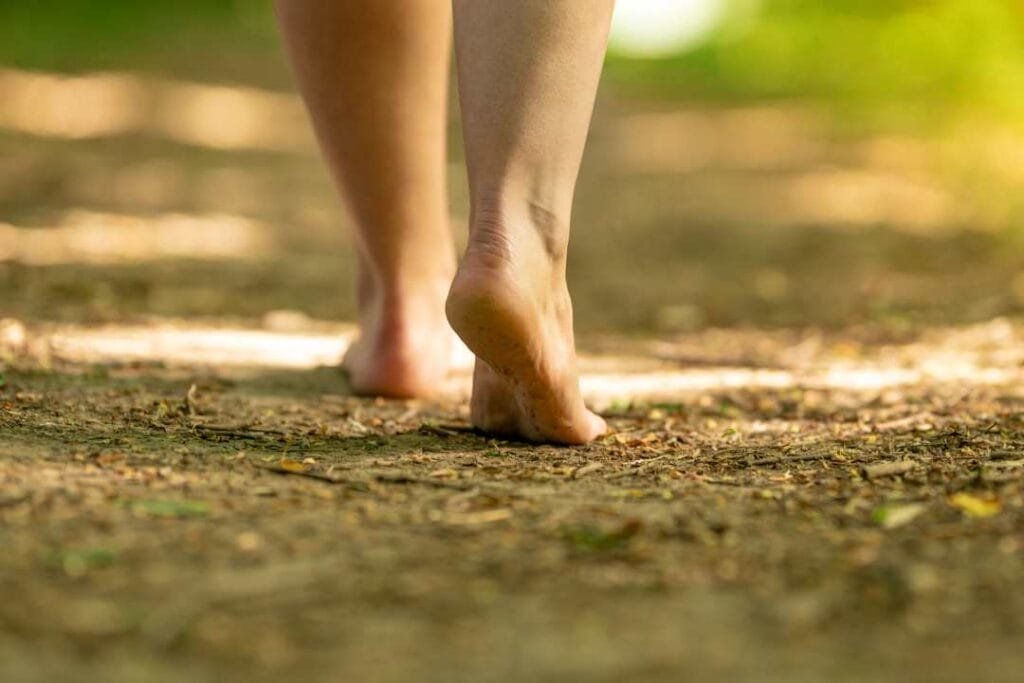
FAQ: Barefoot Shoes
Do You Wear Socks with Barefoot Shoes?
Yes, you can wear socks with barefoot shoes if you prefer. Many brands offer special socks designed for a minimalist fit to maintain the natural feel of the shoes.
How to Walk in Barefoot Shoes?
When transitioning to barefoot shoes, focus on landing gently with a midfoot or forefoot strike. Gradually increase your wear time to build strength and prevent discomfort.
How to Wash Barefoot Shoes?
Most barefoot shoes can be cleaned with a gentle hand wash using mild soap and water. Be sure to check the care instructions specific to your brand.
Do Barefoot Shoes Work?
Yes, barefoot shoes can improve foot strength, enhance posture, and provide better sensory feedback. They encourage a more natural walking and running gait. So, are barefoot shoes good for your feet? For many, they offer a healthier and more natural alternative to traditional footwear, promoting better posture, stronger muscles, and improved foot health. Whether you’re exploring trails in hike barefoot shoes or hitting the gym in minimalist trainers, embracing the barefoot lifestyle can lead to long-term benefits for your overall well-being.
At Barefoot Backpackers, we’re passionate about helping you navigate the world with purpose. Our site is a hub for holistic health, conscious travel tips, and sustainable living advice. With every guide, we aim to help you create meaningful adventures while staying true to your values. Our content always comes from real experiences and knowledge that is truly aligned with us.
Thank you for reading! If this post inspired you, pin it to your health or wellness board!
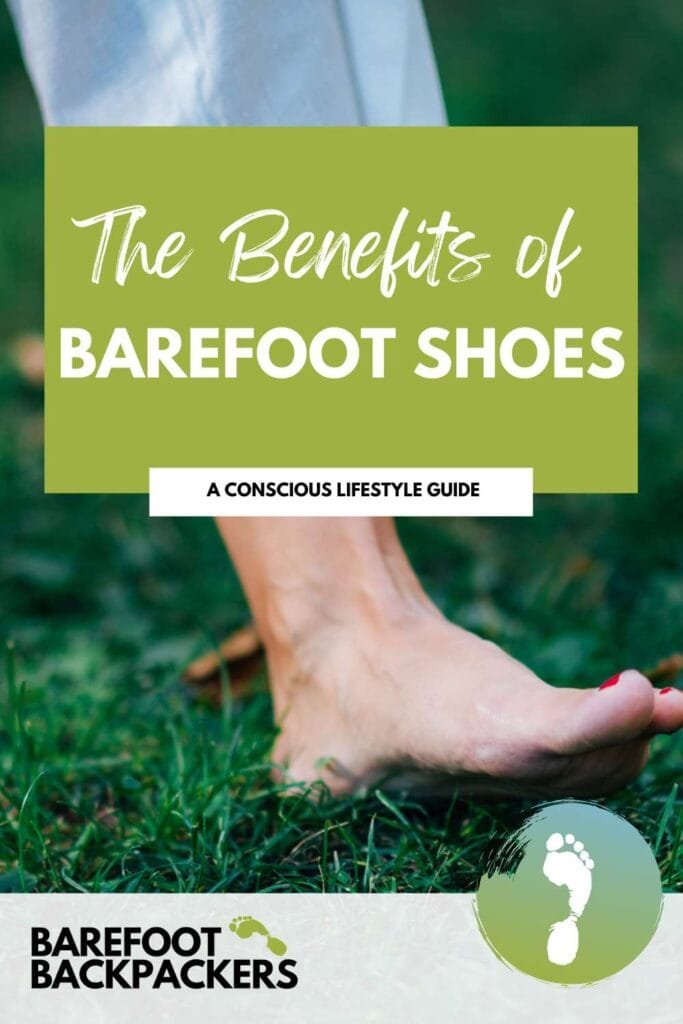
Share or save this post for later
